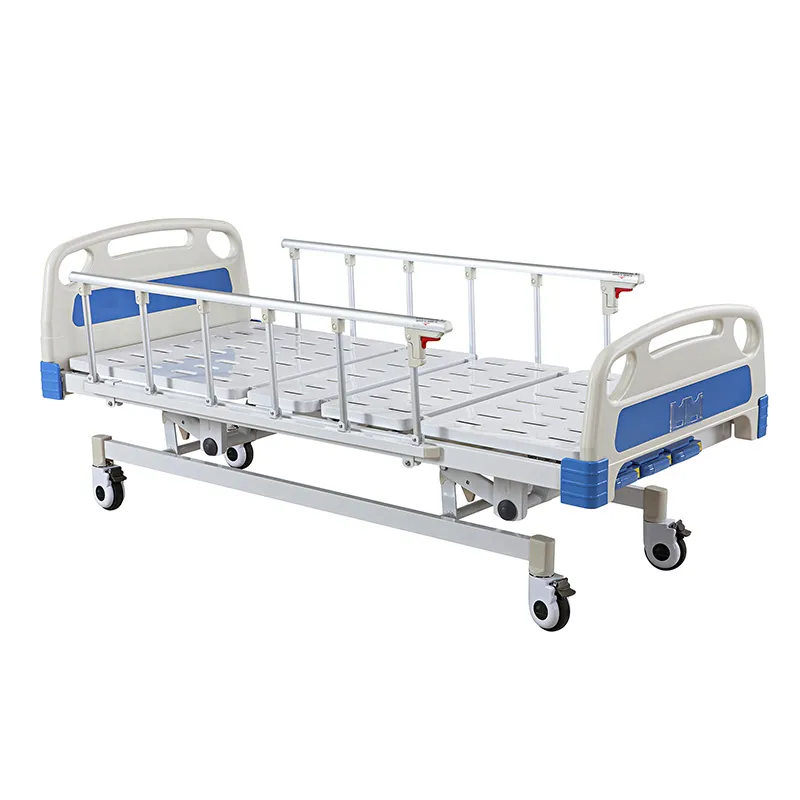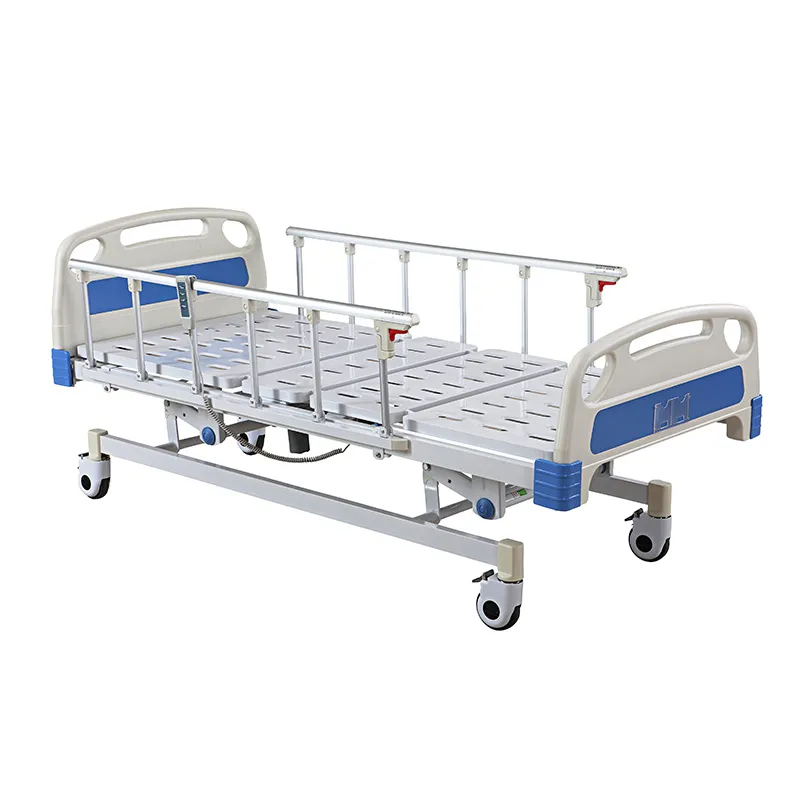
Does a hospital bed need to be plugged in?
2024-06-12 15:30
Hospital patient beds are an integral part of medical care, but many people may have questions about how they work and what they do. In this news, we will explore whether hospital patient beds need to be plugged in and the reasons behind it.
Does a hospital bed need to be plugged in?
Hospital patient beds usually need to be plugged in. This is because modern hospital patient beds are often equipped with various electric functions, such as adjustable bed angles, heights, and even some smart functions. In addition, some hospital patient beds may also require power support to supply other medical equipment, such as infusion pumps, ventilators, etc. Therefore, in order to ensure that the hospital patient bed functions properly and provides good medical care, it is usually necessary to connect the hospital patient bed to an electrical outlet.
1. Electric functions of modern hospital bed:
Modern hospital patient beds have a variety of electric functions that can improve patient comfort and care. For example, by electrically adjusting the bed angle and height, the patient's position can be adjusted more easily, reducing the physical labor of patients and caregivers and improving work efficiency.
2. Power support for other medical equipment:
In addition to the electric function of the hospital bed itself, the hospital also needs to connect the hospital patient bed to a power socket to supply the power required by other medical equipment. For example, medical equipment such as infusion pumps, ventilators, and ECG monitors all require power support to ensure that they can operate normally and provide patients with necessary treatment and monitoring.

What are the power safety issues of hospital patient beds in hospitals?
Although hospital patient beds need to be plugged in to support their electric functions and other medical equipment, the power safety issues related to them have also attracted much attention.
1. The number and location of power sockets:
Hospitals need to reasonably plan the number and location of power sockets in wards to meet the needs of various medical equipment and hospital beds, and ensure the safety of patients and medical staff. Insufficient number or improper location of sockets may affect the use of medical equipment and even pose a risk of power overload.
2. Maintenance and inspection of power sockets:
Hospitals need to regularly maintain and inspect power sockets in wards to ensure their normal operation and safety and reliability. Aging, damage or failure of sockets may cause unstable power supply or damage to electrical equipment, or even cause safety problems such as fire.
How to ensure the power supply safety of hospital patient beds in hospitals?
In order to ensure the power supply safety of hospital patient beds, hospitals can take a series of measures to strengthen management and monitoring.
1. Regular maintenance and inspection:
Hospitals should establish a sound power socket maintenance and inspection system, regularly inspect and maintain power sockets in wards, promptly discover and deal with problems, and ensure their normal operation and safety and reliability.
2. Safety training and awareness education:
Hospitals can carry out power safety training and awareness education for medical staff to strengthen their awareness and understanding of power safety, improve their safety awareness and emergency response capabilities, and reduce the occurrence of power safety accidents.
3. Equipment update and upgrade:
Hospitals can regularly update and upgrade power sockets and related equipment in wards, adopt new technologies and new materials, improve the safety and stability of equipment, and reduce power safety risks.

What are the electric functions of hospital bed?
Hospital patient bed has various electric functions. First, they can adjust the bed angle to meet the patient's comfort needs. Second, they can adjust the height of the bed to facilitate medical staff to perform nursing operations and reduce the burden on the waist and back. In addition, some advanced hospital patient beds are also equipped with intelligent functions such as automatic turning over and alarm systems to provide more convenient and safe nursing services.
What is the impact of hospital bed plugging in medical care?
Hospital patient bed plugging in has an important impact on medical care. First, it ensures the normal operation of various functions of hospital patient bed and improves the work efficiency of medical staff. Second, the application of electric functions improves the patient's comfort in bed and helps relieve the patient's pain and discomfort. Finally, by plugging in, medical equipment can work normally, ensuring the smooth progress of the patient's treatment and nursing process and improving the quality of medical services.
Summary
Hospital bed usually needs to be plugged in to support the normal operation of its various electric functions and medical equipment. The application of these functions improves the efficiency and comfort of medical care and provides patients with a better treatment experience. Therefore, power supply plays an important role in the application of hospital patient bed.








